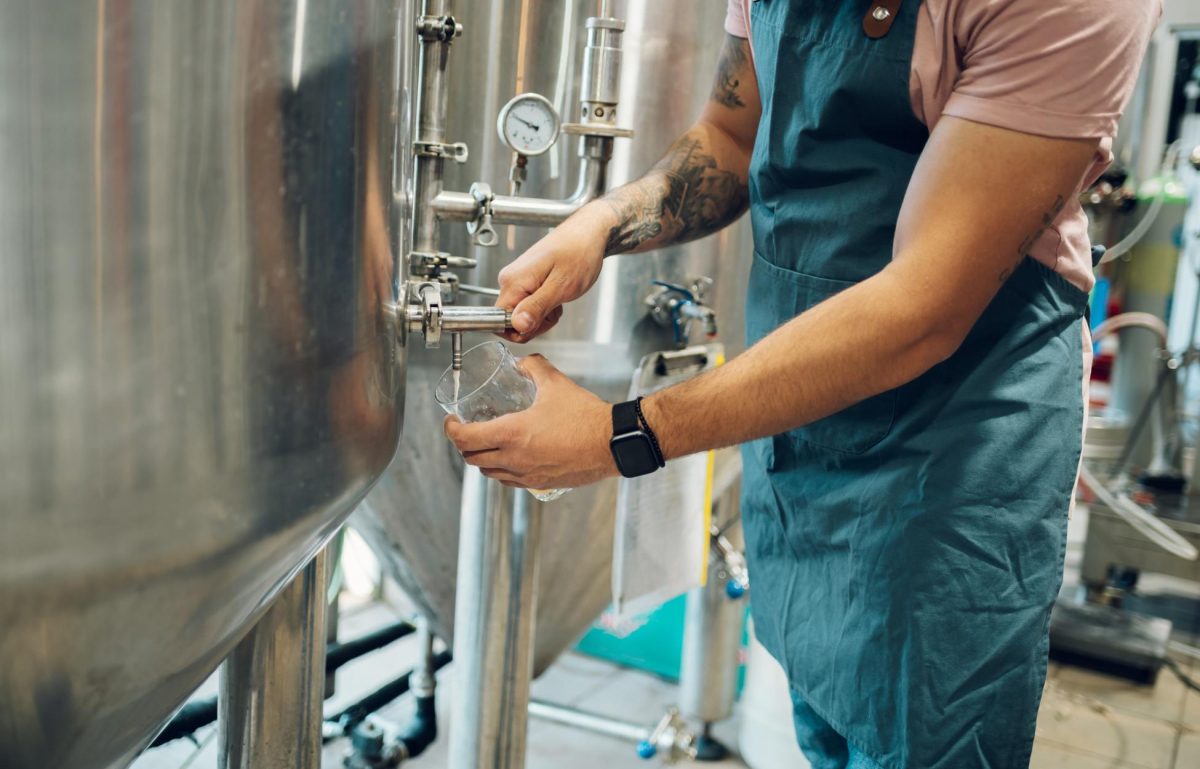Ensuring the quality of craft beer is crucial for maintaining its distinctive flavors and aromas and sets it apart from mass-produced brews. One of the most significant aspects of quality control in brewing is conducting various tests.
These tests maintain the integrity of the beer and ensure its safety and consistency, a critical component that supports the entire brewing operation. By adhering to these five quality control tests for craft beer brewing, you can guarantee customer satisfaction and carve a niche for your unique brews in a crowded marketplace.
Gravity Testing
Gravity testing is fundamental in brewing as it measures the wort’s density compared to water. Using a hydrometer or refractometer, you can determine the wort’s specific gravity to calculate the potential alcohol content of the final product. Initial gravity readings taken before fermentation and final gravity readings taken after fermentation are essential for ensuring the beer’s proper fermentation and stability. This information can prevent fermentations from either over-attenuating, leading to a dry beer, or under-attenuating, resulting in a sweeter brew.
pH Testing
Monitoring the pH levels throughout the brewing process is vital for achieving the desired beer quality. The pH level affects enzyme activity, yeast performance, and the beer flavor profile. You can use a pH meter to assess the wort’s acidity, sparge water, and finished beer. Ideal pH values vary depending on the brewing stage, with mash pH typically around 5.2-5.6 and final beer pH between 4.0-4.5. Keeping pH within these ranges ensures optimal enzyme activity and yeast health, producing a balanced beer.
Oxygen Level Testing
Learning about the importance of controlling oxygen in brewing will ensure your beer has the right consistency and flavor. Oxygen, while necessary during the wort aeration phase, can harm the beer if present in high levels during fermentation and packaging. Excessive oxygen can lead to oxidation, which negatively impacts the beer’s flavor, aroma, and shelf life. Ensuring minimal oxygen levels maintains the beer’s freshness and preserves its intended flavor profile.
Microbiological Testing
Microbiological testing involves checking for unwelcome microorganisms, such as wild yeasts, molds, and bacteria, which can spoil the beer and pose health risks. You can employ techniques such as plating, membrane filtration, and PCR (polymerase chain reaction) to detect contaminants. Regular microbiological testing ensures that the brewing environment and beer remain free from harmful microorganisms, ultimately protecting the consumer and the brewery’s reputation.
Sensory Analysis
Sensory analysis is one of the essential quality control tests for craft beer brewing that focuses on assessing the beer’s flavor, aroma, and appearance. Trained sensory panels evaluate different batches of beer to detect any off-flavors or inconsistencies. This human element of quality control complements the scientific tests and provides a complete understanding of the beer’s quality.
Robust quality control tests are integral to the craft beer brewing process. These tests, from gravity and pH levels to oxygen content and microbiological integrity, ensure that each craft beer bottle delivers the intended experience with dedication and excellence.













